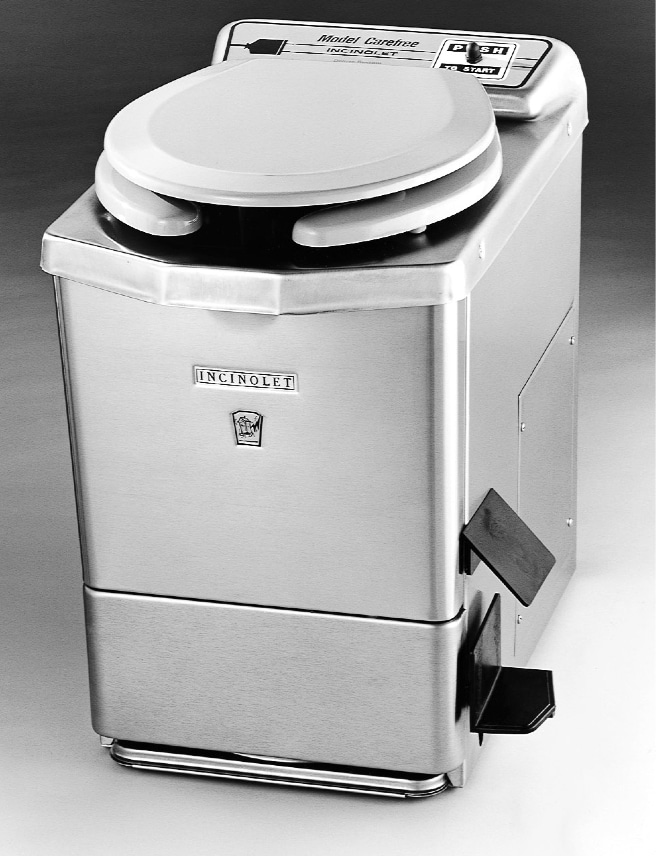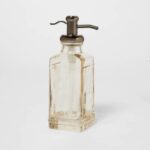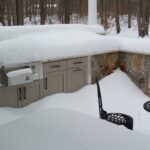You might be hearing this term for the first time. What would this toilet name mean, how does it work, and what are its benefits and shortcomings? In this piece, we take through all you need to know concerning incinolet toilets.
A toilet that doesn’t use water (dry toilet) but burns human feces is an “incinolet toilet.”It doesn’t need water, sewerage, or emptying. It is used in niches. It is also referred to as the “incinerating toilet” Let’s dive in.
How does an incinolet work?
Incinolet is an electric toilet where feces, urine, and toilet paper are incinerated at high 500-600 degrees Celsius temperatures into a small quantity of ash. The gasses produced are then channeled through a flue pipe.
It draws the air for combustion from the room or outside the building based on its location. With everything in place and working effectively, only a tiny amount of ash remains in the incineration chamber.
The toilet must access a substantial air supply for efficient incineration, meaning it must access good ventilation to function effectively. In scenarios that draw air from inside the home, energy is needed to heat the replaced air.
All the incinolet parts need to be in place and in the correct position to initiate a combustion process.
Table of Contents
What are some of the awful experiences with Incinolet toilets?
For a minute, you may have thought they don’t have any downside, but just as everything has its good and con sides, the Incinolet toilets have their disadvantages, as explained below.
Extreme energy costs
They operate using either gas or electricity. It employs about 1.5 kWh of electricity per incineration cycle, similar to a medium-sized fridge.
Polluting
Incineration produces harmful gasses such as nitrous oxide, particulates like dioxins, sulfur dioxide, etc., which add to global warming.
Costly
They are costly compared to traditional models going for $ 2,000-$3,000, and take up more space due to the added height.
Ventilation
To operate effectively, they need ventilation; hence, the incinolet can be an awful experience if you lack sufficient ventilation. The toilets are equipped with safety features like frame arrestors that prevent airflow during their operation and should remain intact.
Best Venting Tips
- Enable plenty of make-up air into the toilet room with odor louvers or an air gap at the bottom door
- Don’t cover the end of the vent line with a fine mesh window screen
- Increase the vent pipe diameter if two elbows or more than 10 feet of the vent line.
- Never use a fan overhead fan while the incinolet is running.
Inconvenient
They take at least an hour to burn wastes in the chamber, a period which it cannot be used, thus causing inconveniences. They take up to 4 hours before they’re ready for subsequent use. Fortunately, larger toilets can allow up to 60 benefits before they require incineration.
High maintenance cost
Poorly designed units requiring service and repairs could amount to costly maintenance based on their use.
Destroy composting nutrients
The heat used in burning the wastes causes the breakdown of organic material and nutrients and releases them into the environment. Organic matters assist in the decomposition of waste materials.
Incinolet toilets, regardless of the immense thrilling benefits like saving on water, are clean, can be installed at any location, etc.; they do have their downside like high fuel or electricity to operate, needs ventilation, and more, as seen in the article.
Incinolet toilets are ideal for particular niches like camping, holidays, areas with no water availability, etc. So they are a great choice. If you consider it your choice, I am sure you are at liberty to make the best decision.
Benefits of Incinolet Toilets
For many years, the incineration process has been a substitute for the conventional sewage treatment method. Below is a write-down of its benefits in detail:
Eco-friendly
Incinolet human waste doesn’t use any water or chemicals and also minimizes the need for landfills because it recycled materials. Therefore, it is an eco-friendly option to dispose of human excretes.
Ease to Clean
It is easy to clean as you are needed to pull up a little lever to pour all of the ashes from the inside into an easy-to-empty.
Its blower motor requires cleaning every three months and replacing when it’s worn out. The catalyst and the ventilation and exhaust pipes are replaced yearly.
It is more durable and long-lasting due to its fewer moving parts, unlike other composting toilets systems.
No water Need
The incinolet toilet requires no water to function, making it ideal for camping, boating, and other outdoor activities where water access is unavailable or no connection to the sewer.
However, it has to be manually emptied after every use.
No Plumbing Needed
Installing this type of toilet is not as complex as the traditional one. It doesn’t need a sewerage system to flush the waste into a unique pit filled with sawdust or other substances that burn quickly at high temperatures.
There is no wastewater accumulating over time
No assembling needed
An Incinolet toilet doesn’t require heavy machinery, backhoes, etc., to install, which means the smell-related problem is zero.
They have no toilet tanks that may leak or require cleaning.
They are portable.
Because they are not permanently mounted to the floor, incinolet toilets are easy to move around. Therefore it is suitable for those with a small bathroom and storage cupboard, and you can always find a space for it when renovating your house.
No septic system is needed.
The toilet doesn’t need any drainage or a sewerage plant because it doesn’t use water. Thus, you are saving yourself from the expensive costs of maintenance and repairs—no stress for toilet clogging.
No odors indoors
They are popularly known for leaving no unpleasant lingering odor within your house, unlike the conventional toilets with a foul stench when used regularly.
Work in all climates
They are designed to work in all climates, including cold ones.
No contamination
Because there are no wastes in the toilet, there are no bacteria or germs for contamination. The ashes are sterile and can be disposed of in the dustbin without issues.


